Are you looking to spruce up your entryway with a new door or drapery? Getting the measurements right is the first step and the good news is you do not have to be a pro to do this. It does help to understand the basic anatomy of a door so you can know where to measure.
You will notice a significant difference in dimensions when you measure from the door frame compared to measuring from the rough opening or the door slab. We’ll show you how to measure a door as accurately as possible.
Tools for door measurements
Here is what you will need to complete this project:
- Tape measure
- Notebook and pen
- Stepping ladder or chair
The basic anatomy of a door
Before measuring, it is advisable to familiarize yourself with door lingo, so to speak. If you are looking to replace your door, you have the option of installing a door slab or a prehung door. A prehung door is one that comes with hinges and is attached to the jamb frame. Exterior prehung doors feature a door sill, frame, and trim while interior ones typically don’t have a sill or trim.
A door slab is just a solid piece of door with no accessories such as hinges, jambs, or other decorative trimmings. Because prehung exterior doors have a trim, it is important to account for this extra measurement to ensure that the replacement door will fit into the existing opening. Other than this detail, the process of measuring exterior and interior prehung doors is generally the same.
Step-by-step guide on how to measure door size
How to measure a door slab
A door slab is easier to measure because it does not come with extra features. Follow these steps to get started:
Step 1. Take the width measurements
With your tape measure in hand, stand behind the closed door. Place the tape measure on the door itself and measure from the top left to the top right, and record these dimensions. We recommend measuring the middle and lower part of the door as well. If you get different dimensions, use the biggest number as the width of the door.
Step 2. Measure the height
With the door still closed, place the tape measure at the top corner and run it down to the bottom corner of the door to determine the height. Take note of this figure. Remember to measure the slab itself and not the frame or sill. Measure in different areas of the door and use the longest dimension to get an accurate height measurement
Step 3. Determine the thickness of the door
Open the door and place the tape measure widthwise on the edge of the door to measure its thickness. You can also measure the space between the backside of the jamb and the stops to figure out the door’s thickness. Both methods should give you more or less the same measurement readings. Note this measurement.
Step 4. Determine the dimensions of the door frame
In addition to measuring the door itself, it is also a good idea to get measurements for the frame itself just for safe measure. This will help you select a replacement door that fits perfectly. Follow these three simple steps to get measurements for the door frame:
- Place the tape measure on the inner side of the door frame on one side and measure to the other side. Measure in more than one location and use the smallest measurement as dimensions for the width.
- Measure the height from the floor (for interior doors) or threshold (for exterior doors) to the lower part of the door’s upper trim. For accurate height measurement, run the tape measure along the center, left, and right side of the opening.
- Measure the thickness from the outer area of the side frame to the inner area. Again, measure in three different spots and use the largest dimension for the frame’s thickness.
Pro tips
- Sometimes, especially in older homes, the door might not fit in the frame. In such a case, you will get the most accurate measurements by measuring the jamb itself for the width, height, and thickness dimensions.
- Always take measurements from behind the door for accurate dimensions. This is because the backside is usually a bit wider than the front side; it is better to err on the side of a slightly larger door than a small one.
- Before buying a new door, be sure to check the swing or the direction the door opens.
How to measure for a prehung door
How you measure for a prehung door depends on 1) whether you are installing the door in an opening that has not had a door before or 2) you are replacing an existing door.
If you are installing a door in an opening that has not had a door before, here is how to measure for one:
Step 1. Measure the width
Place the tape measure on the inner stud on one side and measure along to the stud on the other side. Measure in more than one locations i.e. the top, middle, and lower parts of the rough opening and use the smallest figure as the width.
Step 2. Determine the height
Measure the height starting from the sill to the lower part of the header of the rough opening. Remember to measure in three different spots and to use the smallest figure as the height.
Step 3. Find out the thickness
For a prehung door, you will measure the thickness of the wall itself and not the frame or door slab as there is none to speak of. Place the tape measure on the wall of the rough opening and note the dimensions.
If you are replacing an existing door with one that is prehung, follow these steps for the right dimensions:
Step 4. Get rid of the trim
Using a pry bar with a flat head, pop out the trim. This ensures that you only measure from the door frame.
Step 5. Figure out the width
Place the tape measure on the outer jamb on one side to the outer jamb on the other side. As usual, measure at the top, middle, and lower parts and use the smallest dimension as the width.
Step 6. Take the height measurements
Run the tape measure from the sill to the upper jamb. If you are measuring an interior door, start measuring from the floor upward and for an exterior door, measure from the door sill. Again, measure in three different locations and go with the smallest figure for the height.
Step 7. Determine the thickness
Place the tape measure on the inner edge of the side jamb to the exterior edge. For accurate dimensions, be sure not to include the outer trim when measuring for thickness.
Extended tips
- If you are replacing your door, take note of the door swing. This might seem like a small matter but it is important for correct installation of the new door. Your door might have a left or right-handed swing, and it can also have an inward or outward swing. Figuring out a door’s swing is easy:
- Open the door and face your back toward the hinges. The swing is right-handed if the door is on your right and left-handed if the door is flanked to your left.
- Stand on the front side of the door and open it. The door is inward swinging if you open it by pushing it toward the room and outward swinging if you open it by pulling it toward your body.
- Allow some clearance when measuring. Depending on the weather, the door and surrounding frame can contract or expand, resulting in different measurements at any given time. Hot weather can expand wood causing your door to graze against the frame. One the other hand, the door might contract and have a harder time latching. To account for these changes, add a small margin of about 2-4mm on each measurement you take.
- When measuring your door either for replacement or new installation, remember to account for decorative sidelights too. For accurate dimensions, take these measurements from outside your house. Place the tape measure flat on the sidelight in a horizontal position to measure the width and then vertically to measure the height.
An easy job requiring minimal DIY skills
Whether you want to measure a door for replacement, new installation, or maybe for fitting drapery, this is a job you can complete in just a few minutes. That being said, where you start measuring from can make a world of a difference. To be double sure, get measurements for both the door slab and the frame.
So, here is a quick summary of how to measure a door:
- For the door slab, measure the width and height of the door itself at three different locations and use the largest dimension. Measure the door’s edge horizontally to capture the thickness dimensions.
- For a prehung door, begin measuring from the frame itself and not just the door slab. Where there is a rough opening, measure from the stud on one end to the stud on the other end and from the floor (interior door) or threshold (exterior door) to the underside of the upper trim.
Do you have any questions or comments about measuring a door? Leave them below—we’d love to hear from you!

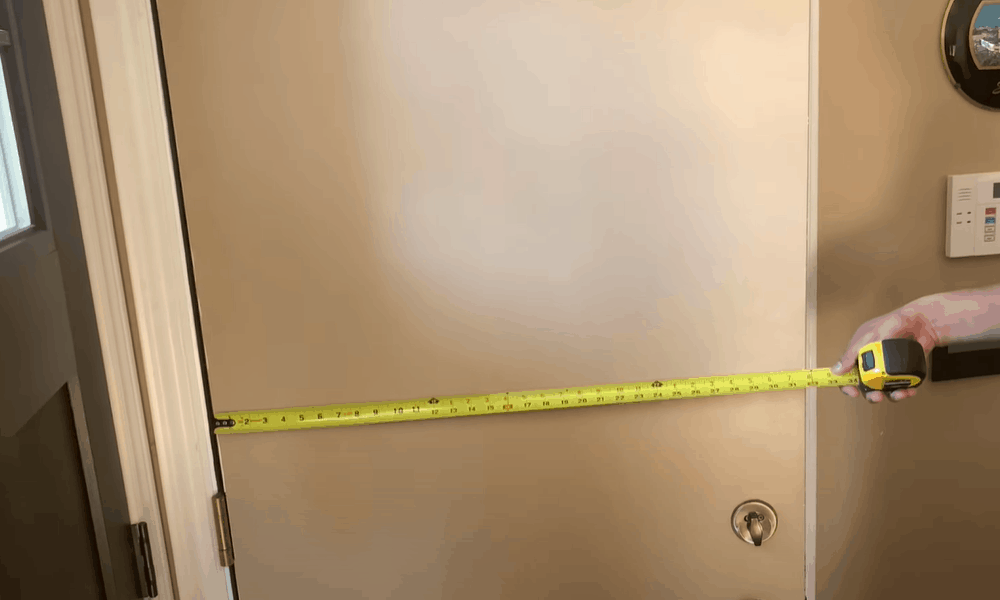
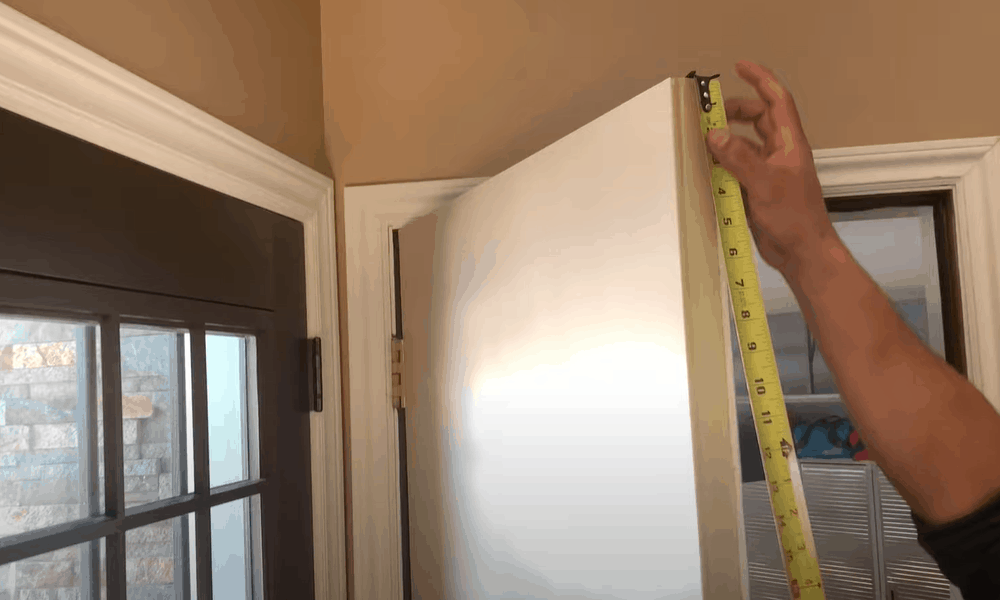
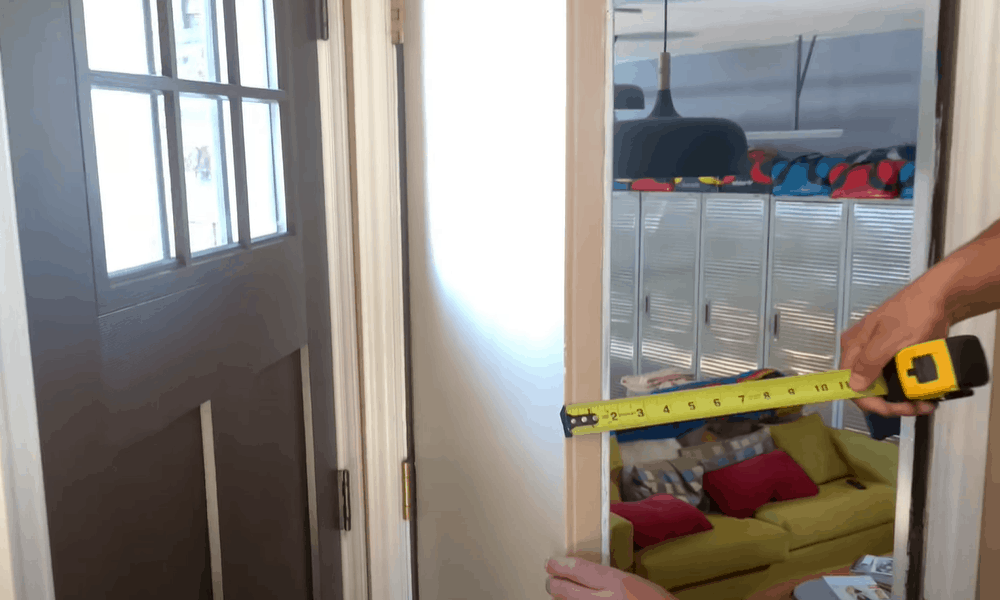
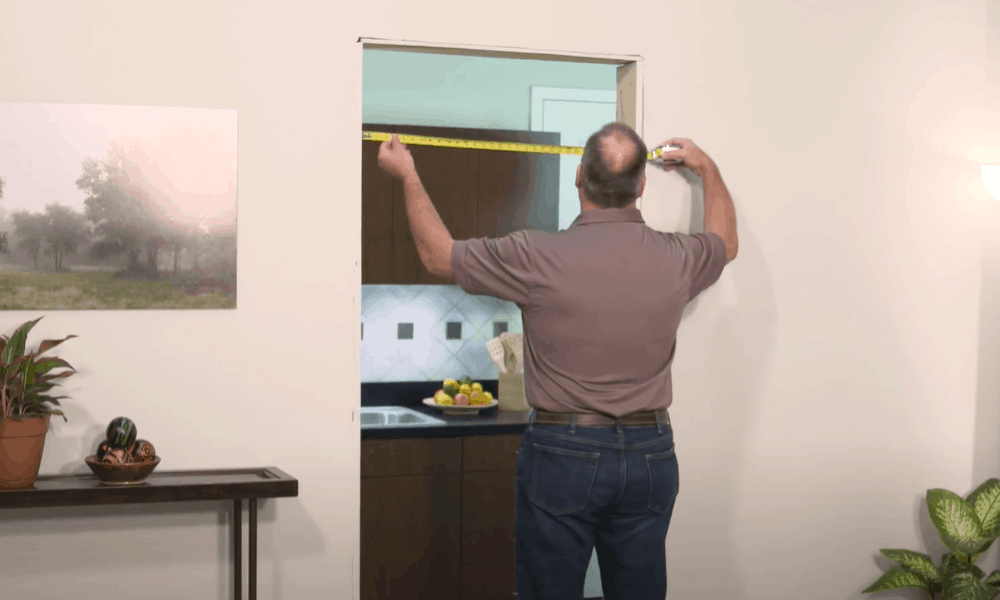
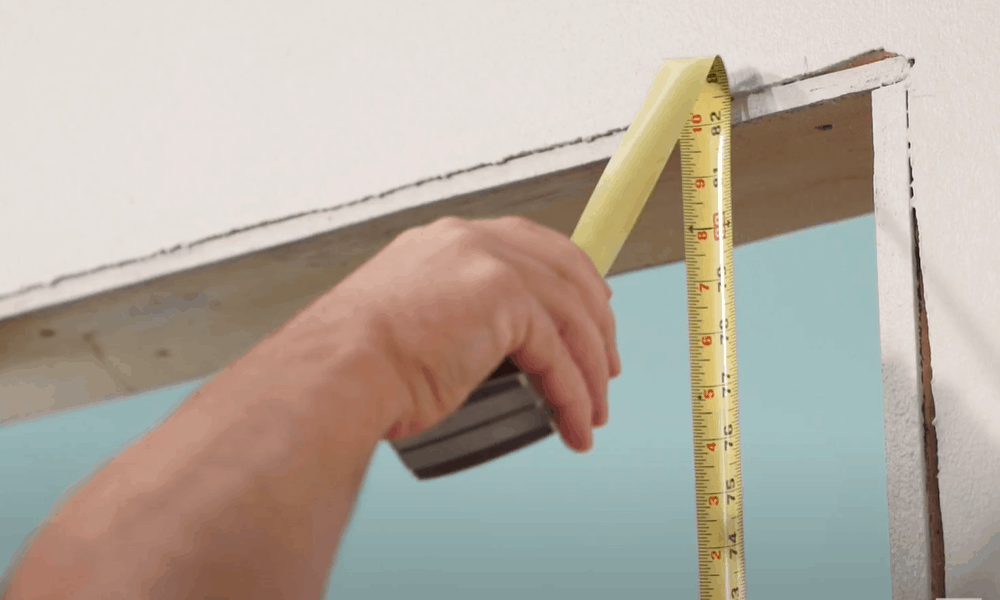
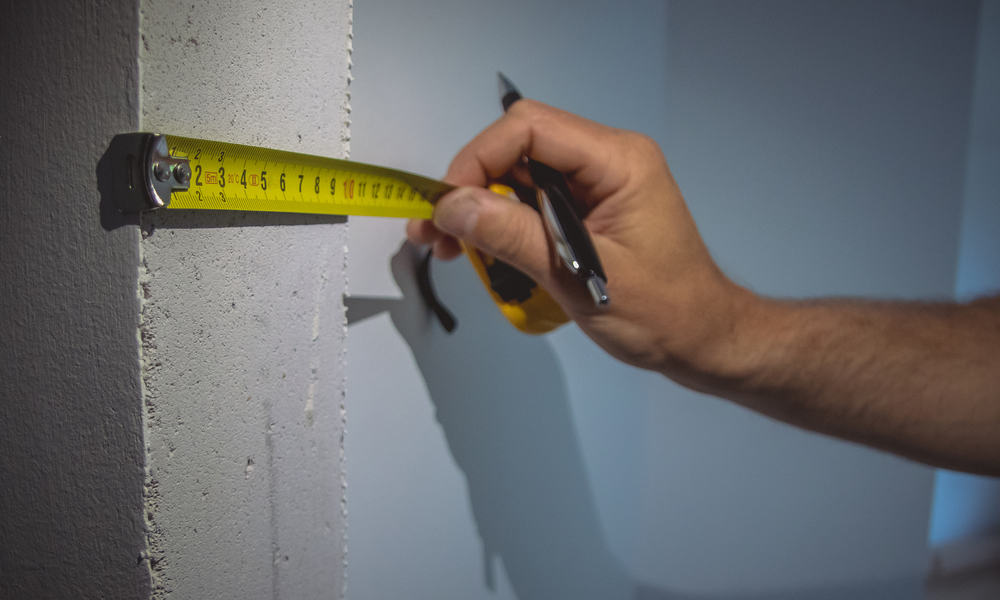
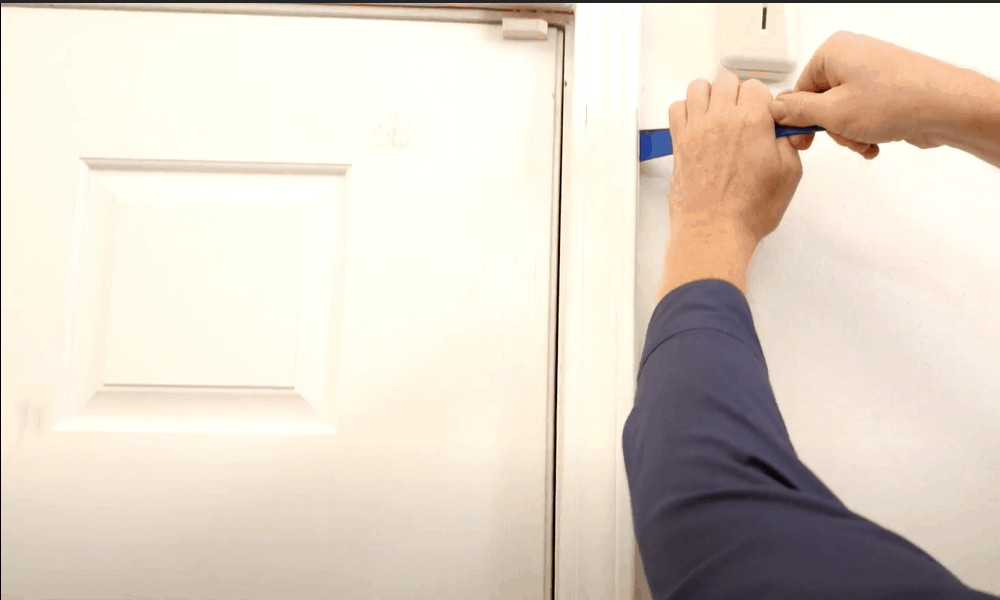
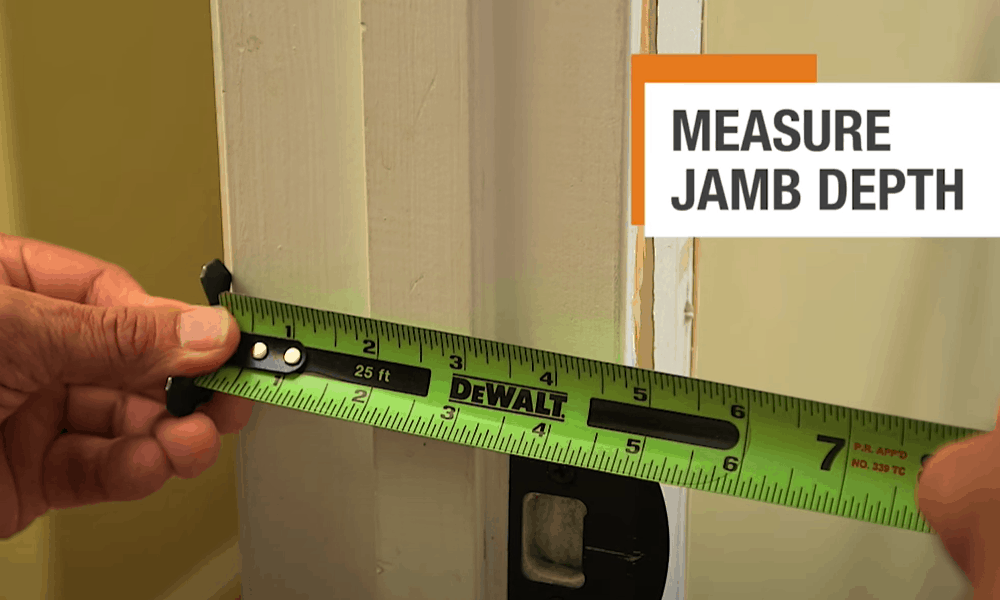
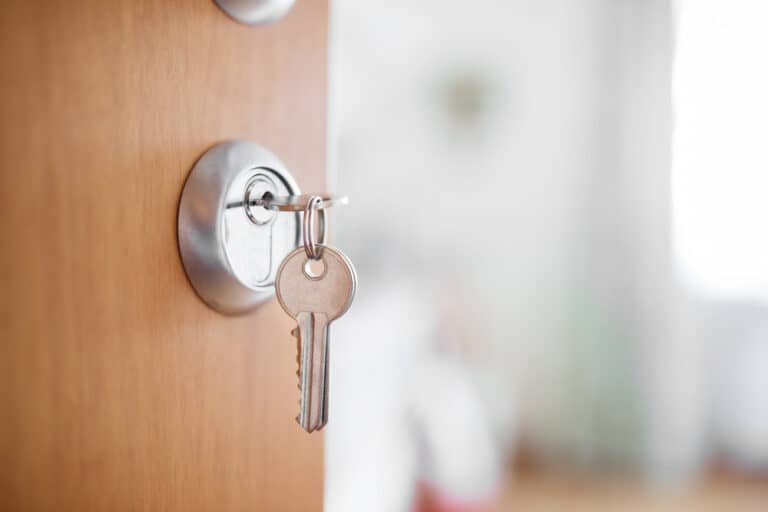
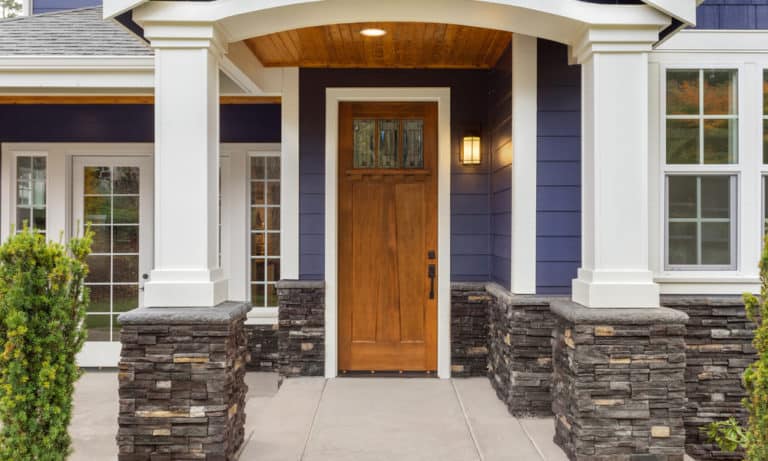

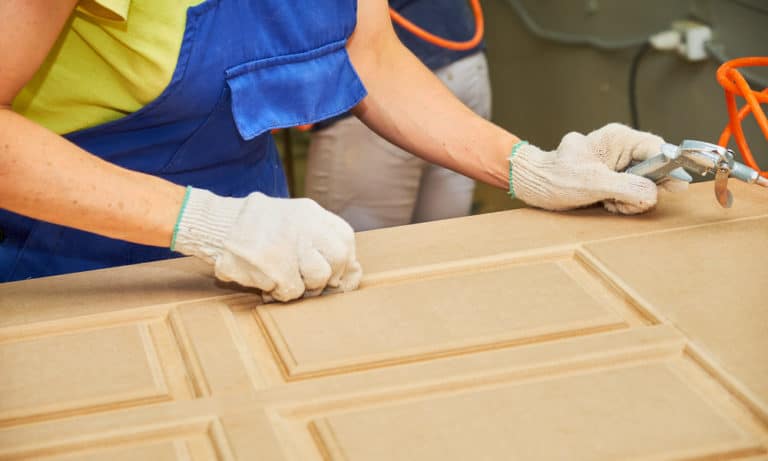


I would like to pay for someone to come our and measure for a basement door. According to the website it cost between 30 and 45 dollars to have someone come out and measure??? I live in King, NC Please let me know if someone can come and measure so I know exactly what size door to purchase. Also, let me know how much I will need to pay for someone to come out and measure. Thanks!